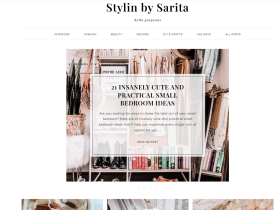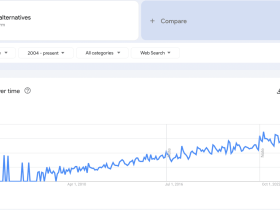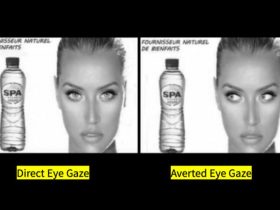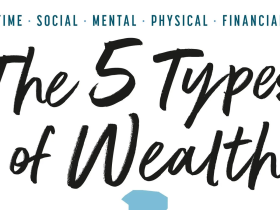Ever pulled on a new sweater and thought, “This doesn’t feel as cozy as it used to”? You’re not alone. Many shoppers have noticed that finding well-made clothing has become increasingly challenging. While fast fashion has always been a trade-off between quality and price, even mainstream brands now seem to offer less comfort and durability than before. What’s going on with the clothes we wear?
A recent survey by product auditing firm QIMA, shared with NBC News, revealed that 27% of textile and apparel professionals found it “difficult” or “very difficult” to ensure consistent quality over the past year, up from 23% in 2024. Margaret Bishop, a textile development and marketing professor at the Fashion Institute of Technology in New York, observed, “There has been a significant reduction in the quality of the fabric for a number of the major brands and retailers.” She noted that this decline became more pronounced during the post-pandemic recovery, as apparel makers scrambled to untangle disrupted supply chains and contended with weak sales during global lockdowns.
One factor contributing to this decline is the industry’s focus on price. Since 2019, consumer prices overall have risen 26%, with food up 30% and cars up 25%. In contrast, apparel prices have only increased by 6%. To keep prices low, some brands have opted to cut corners, resulting in garments that may not stand the test of time.
The rise of ultra-cheap foreign retailers like Shein and Temu has intensified competition. These China-based e-commerce giants offer a vast array of affordable clothing options, making it tempting for consumers to fill their carts without breaking the bank. However, this influx of inexpensive apparel has pressured domestic brands to keep up, sometimes at the expense of quality.

In response, the U.S. government has taken steps to address these challenges. The de minimis rule, which allows low-value parcels to enter the U.S. duty-free, has been exploited by companies like Shein and Temu to ship large quantities of goods. Recently, President Trump reinstated a 10% tariff on Chinese imports and suspended the de minimis rule for parcels from China, aiming to level the playing field for domestic retailers. This move has introduced uncertainties in the fashion industry, potentially leading to backlogs at ports, increased tariffs, and additional compliance costs.
The suspension of the de minimis rule poses challenges, including backlogs at ports, increased tariffs, and additional compliance costs. Smaller e-commerce businesses and U.S. luxury resale markets are particularly vulnerable. This situation may shift consumer behavior towards higher-quality products and benefit domestic brands while pushing global brands to rethink their supply chain strategies and possibly explore new markets or production hubs to mitigate disruptions.

Experts now say the fashion landscape has spurred “a race to the bottom,” leaving consumers with more choices but fewer options for well-made clothing. The recent bankruptcy filing of Liberated Brands, operator of U.S. stores for Quiksilver, Billabong, and Volcom, underscores the challenges faced by traditional retailers. The company plans to close all 124 of its brick-and-mortar stores, citing macroeconomic challenges, supply chain issues, and increased competition from fast fashion brands.
As consumers, we find ourselves at a crossroads. The allure of affordable fashion is undeniable, but it’s essential to consider the long-term implications of our purchasing decisions. Opting for higher-quality garments may come at a higher price, but these pieces often offer greater durability and comfort, ultimately providing better value.
The current state of the fashion industry reflects broader economic and geopolitical shifts. Trade policies, supply chain dynamics, and consumer preferences are all intertwined, influencing the quality and availability of the clothing we buy. As the industry continues to evolve, staying informed and making thoughtful choices can help us navigate this complex landscape.
In the end, while the convenience and affordability of fast fashion are tempting, there’s something to be said for the satisfaction of a well-made garment. As the saying goes, “Buy less, choose well, make it last.




